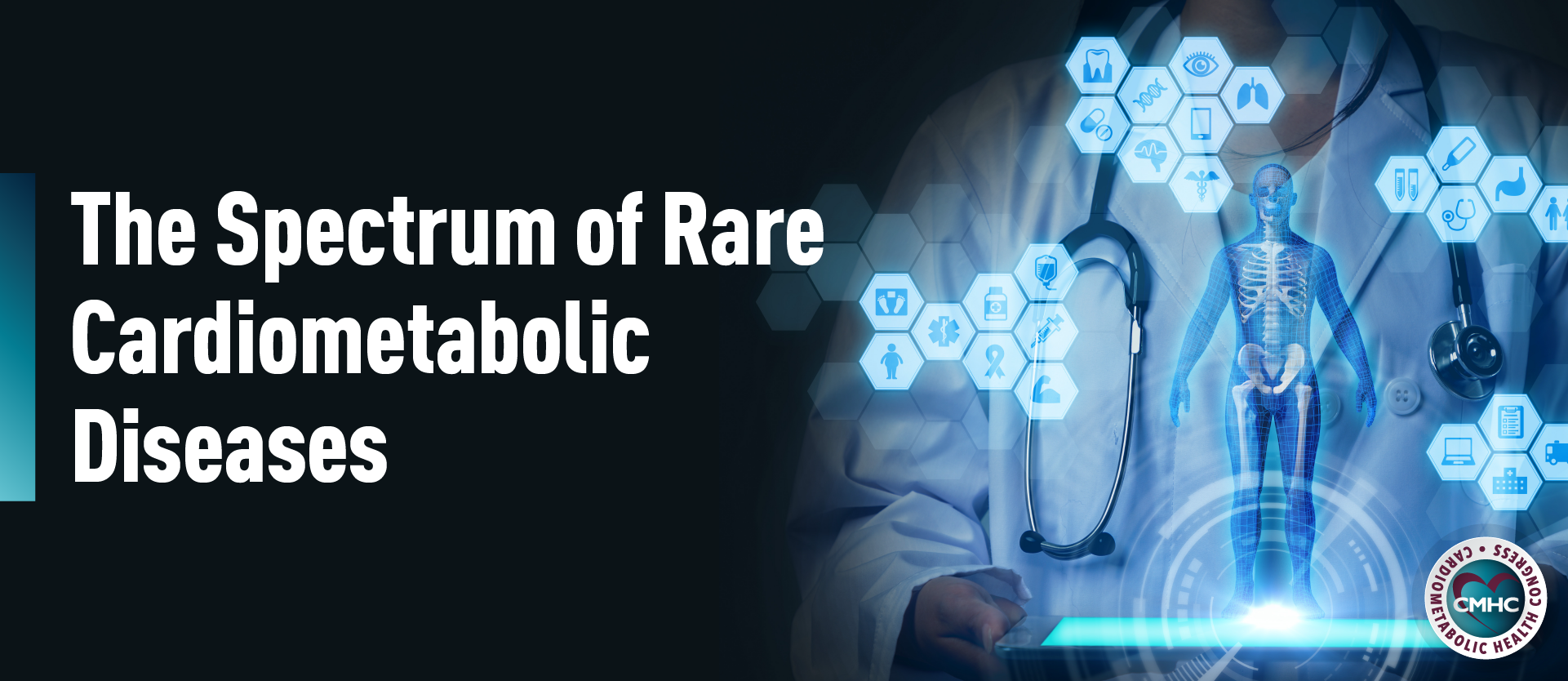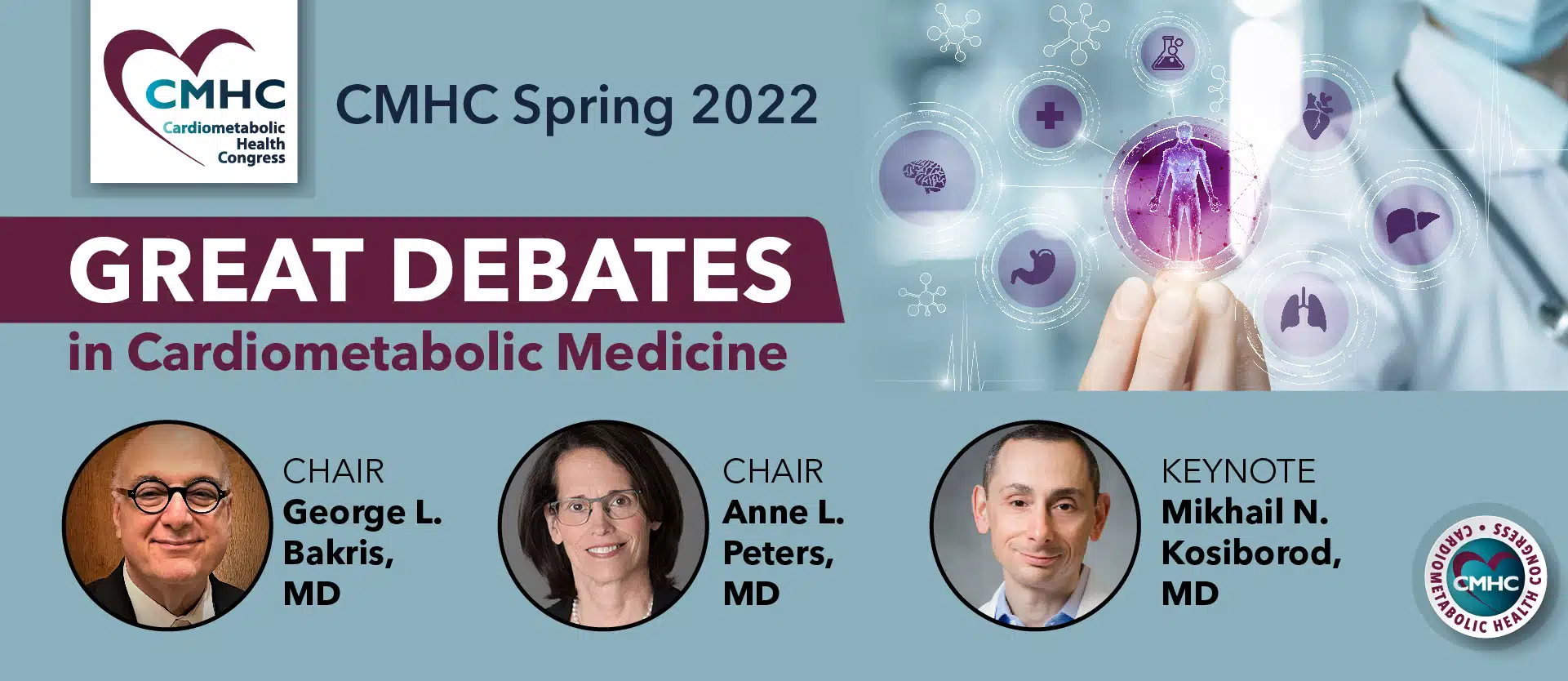Increasing global awareness of rare cardiometabolic conditions is critical to the state of cardiometabolic health in the population as patient outcomes can depend on early intervention. Untreated, initial warnings signs of health concerns such as insulin resistance can progress into the development of type 2 diabetes, metabolic syndrome – a combination of diabetes, hypertension, and obesity – before evolving into more severe conditions including cardiovascular disease. In the current environment, there is a lack of awareness and recognition of rare cardiometabolic diseases which in turn adversely affects diagnosis rates and cardiometabolic health equity.
Overview of Rare Cardiometabolic Diseases
Although these individual cardiometabolic diseases are rare, collectively these diseases affect up to 5% of the worldwide population. Today, there is a total of over 6,000 known rare diseases in medicine, many of which affect the cardiometabolic system.
The vast majority of rare diseases is genetic in origin and presents at an early age. Nonetheless, patients with rare diseases tend to suffer from delays in diagnosis due to a lack of adequate medical knowledge and poor awareness concerning these conditions putting them at risk for poorer health outcomes and increased burden of disease.
The current landscape for patients with rare cardiometabolic disorders is shifting as scientific developments in the sphere have begun to elucidate the pathophysiology of genetic disorders, allowing for the issuance of treatment guidelines and recommendations. Advanced diagnostic tools are becoming more widely available to assist clinicians with diagnosis, genetic testing, as well as risk assessment in patients who suffer from some of the rare cardiometabolic disease outlined below.
Hypertrophic Cardiomyopathy
One of the rare disorder affecting population health is hypertrophic cardiomyopathy (HCM) which thickens the walls of the heart negatively impacting blood flow and functioning. Most patients diagnosed with hypertrophic cardiomyopathy have a family history of the condition which is believed to be the result of a genetic mutation. HCM can be diagnosed at any age yet it tends to be most severe when discovered during childhood.
Hypertrophic cardiomyopathy is a chronic disease that can get worse over time, leading to poorer function and quality of life, as well as long-term health complications. As HCM progresses, it can contribute to other health conditions such as atrial fibrillation, which can lead to blood clotting, stroke, and other cardiovascular conditions; it can also lead to heart failure and sudden cardiac arrest. HCM has been reported as the most common reason for sudden death in young individuals and athletes under the age of 35.
ATTR-CM
Transthyretin amyloid cardiomyopathy, or ATTR-CM, is a form of cardiac amyloidosis. It is an under-diagnosed and potentially fatal disease, characterized by deposits of amyloid protein fibrils in the walls of the left ventricle. In cases of ATTR-CM, deposits of abnormal proteins made of transthyretin stiffen the heart resulting in the inability to properly relax the left ventricle and allow it to fill, and adequately squeeze to pump blood out of the heart.
ATTR-CM mainly affects men over the age of 60 but can also affect women. This condition disproportionately affects Caribbean and African-American communities and is a leading cause of heart failure in many patients.
Fabry Disease
A rare inherited disorder, Fabry disease results from the buildup of globotriaosylceramide within cells. Fabry disease symptoms often begin in childhood and can present as episodes of pain – particularly in the hands and feet – clusters of angiokeratomas, hyperhidrosis, corneal opacity, hearing issues, as well as gastrointestinal dysfunction.
The condition has been tied to potentially life-threatening complications, including progressive kidney damage, heart attack, and stroke. Some patients may present with milder forms of the disease that can appear later in life and only affect the heart or kidneys.
Current estimates report that Fabry disease affects 1 in 40,000 to 60,000 males; while the condition also occurs in females, its prevalence remains unknown.
Alström Syndrome
Alström syndome is a rare condition affecting multiple organ systems of the body caused by mutations in the ALMS1 gene. The disorder is characterized by a progressive loss of vision and hearing, dilated cardiomyopathy, obesity, type 2 diabetes, and short stature. Alström syndrome can cause serious and life-threatening comorbidities involving the liver, kidneys, bladder, and lungs. In many cases, symptoms may begin in infancy and early childhood, although in some they appear much later in life. Signs of the syndrome can vary in severity and not all affected patients present with all of the characteristic features. While the exact incidence of the disease is unknown, approximately 1,200 cases have been identified worldwide thus far.
Key Takeaways
Combating the epidemic of cardiometabolic disease requires the increased awareness and recognition of rare disorders that are often under-diagnosed and under-treated.
As part of the upcoming 16th Annual Cardiometabolic Health Congress, CMHC will be hosting a special preconference event focused on rare diseases across the cardiometabolic spectrum. The one-day symposium A Wolf in Sheep’s Clothing: Actionable Cardiometabolic Rare Diseases taking place on October 14th will equip clinicians with the knowledge and practical tools necessary to effectively conduct differential diagnosis, referral, and management of rare conditions. Register to reserve your spot for this unmissable event by clicking here.


















